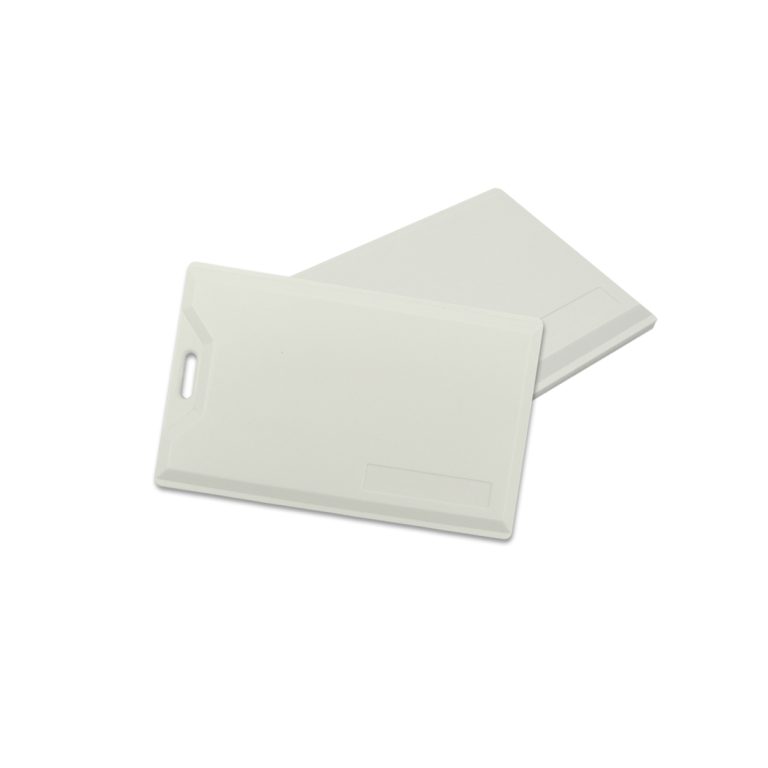Understanding Active RFID Tags
Active RFID tags are electronic devices that utilize radio frequency technology to track and manage assets in real-time. Unlike passive RFID tags, which depend on an external power source, active RFID tags contain their power source, allowing them to transmit data over longer distances. Commonly used in various industries such as logistics, healthcare, and manufacturing, these tags enhance operational efficiency by providing accurate and timely information on asset locations. With the growing demand for better inventory management and tracking, incorporating active RFID tags into business processes is becoming increasingly essential.

Practical Examples of Active RFID Tags
In logistics, active RFID tags can drastically improve the visibility of shipments. For instance, a logistics company using active RFID tags can monitor the location of their containers in real-time, ensuring timely deliveries and reducing the risk of misplaced assets. In healthcare, these tags help in tracking medical equipment, providing data on utilization rates, and preventing loss. By implementing active RFID tags, organizations can enhance productivity, optimize resource allocation, and ultimately achieve cost savings. The versatility and reliability of active RFID tags make them invaluable tools for any business focused on operational excellence.
Exploring RFID 2.4 GHz Tags
The rfid 2.4 ghz tag is a type of active RFID technology that operates in the 2.4 GHz frequency range. This frequency is commonly used for various wireless communications, allowing for reliable data transmission and reception. The advantages of these tags include a longer range and greater resistance to signal interference, making them suitable for environments where multiple signals compete. Businesses can deploy the rfid 2.4 ghz tag to maintain a comprehensive overview of their operational environment, ultimately resulting in improved efficiency and reduced operational risks. The adaptability of these tags makes them suitable for diverse applications, ranging from supply chain management to smart buildings.

Benefits of Using RFID 2.4 GHz Tags
Implementing the rfid 2.4 ghz tag provides significant benefits for organizations looking to streamline their processes. The tags can operate in harsh conditions, ensuring durability and reliability even in the most challenging environments. Furthermore, they can be integrated seamlessly with existing systems, allowing organizations to leverage their current technology. The energy efficiency of these tags also contributes to longer battery life, reducing maintenance costs over time. By adopting rfid 2.4 ghz tags, businesses can enhance inventory accuracy, improve asset tracking, and achieve better overall control of their operations, ultimately getting a competitive edge in their respective markets.
Conclusion: Why Choose RSTC for Active RFID Solutions
In conclusion, active RFID tags, particularly the rfid 2.4 ghz tag, offer a myriad of benefits that can significantly enhance operational efficiency across various industries. With their ability to deliver real-time tracking and data management, these tags help organizations optimize processes and reduce risks. For those considering the integration of RFID technology into their operations, RSTC emerges as a trusted manufacturer with substantial supply advantages, ensuring that businesses receive high-quality products tailored to their needs. Discover the potential of RFID solutions offered by RSTC and position your company for success in an increasingly dynamic marketplace.
